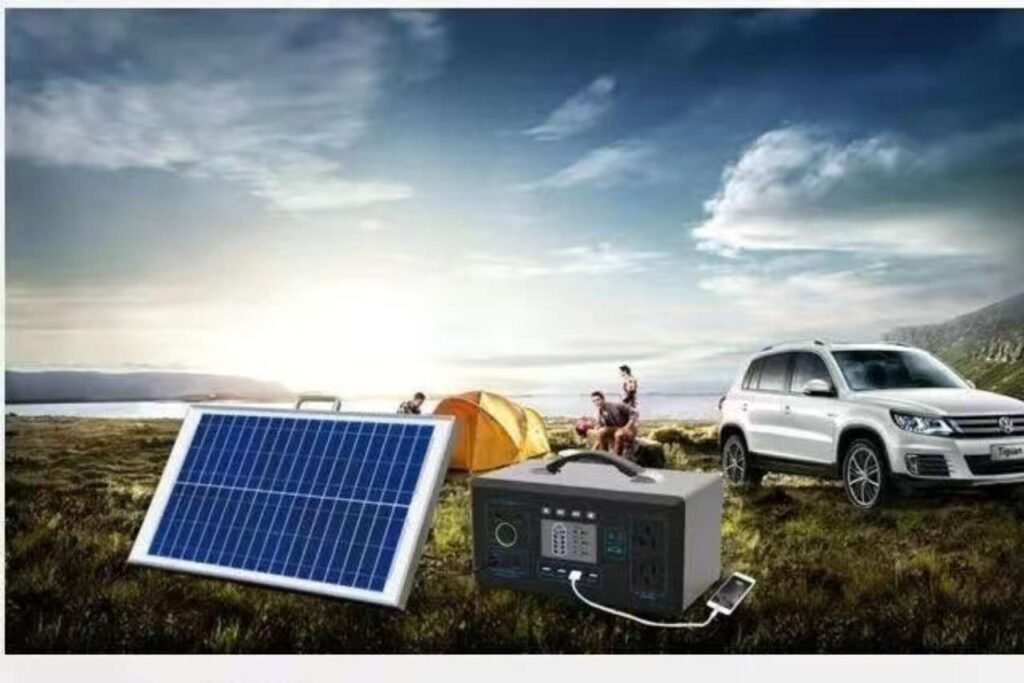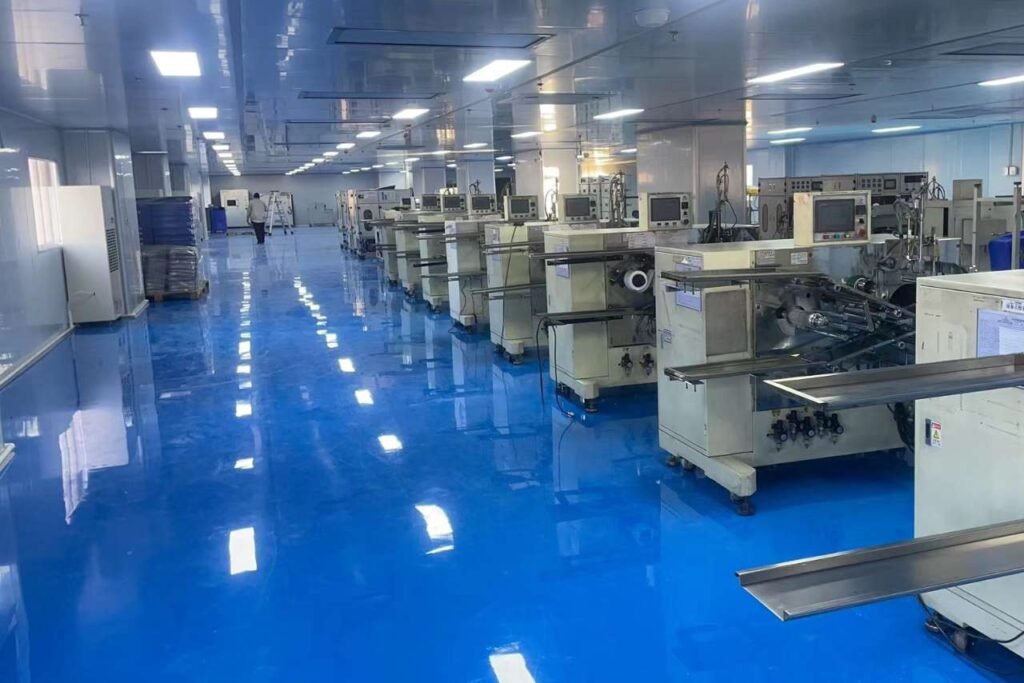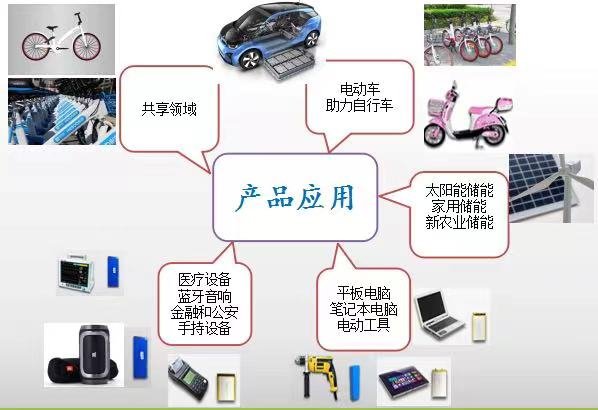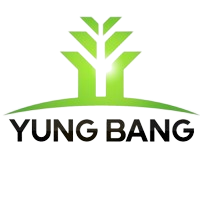Abstract:
Benefiting from the global vision of low-carbon and green development, the demand for new energy vehicles and energy storage in China has increased rapidly, driving the rapid development of the lithium-ion battery industry. In 2023, the total output value of the lithium-ion battery industry exceeded 1.4 trillion yuan, and total exports reached 457.4 billion yuan, making it one of China’s top “new three” export products. However, as lithium-ion battery companies accelerate production capacity expansion, the industry is experiencing structural overcapacity. Coupled with U.S. sanctions on China and industry risks triggered by higher regulatory standards, it is expected that companies with high overseas exports, low capacity utilization, and weak innovation capabilities will face adverse impacts. Relevant companies should accelerate overseas expansion, eliminate excess capacity, and strengthen technological innovation to promote high-quality industry development.
Keywords: New energy storage; Lithium-ion battery industry; Industry risks; High-quality development
Classification Code: F426
Literature Identifier Code: A
DOI: 10.13561/j.cnki.zggqgl.2024.06.008
Under the goals of “carbon peak and carbon neutrality,” China is gradually promoting the orderly replacement of traditional fossil energy with clean energy, driving the development and application of new energy technologies such as lithium-ion batteries. On one hand, the increasing share of wind and solar energy has introduced power generation uncertainties, necessitating the construction of new energy storage units, primarily lithium-ion batteries, to balance power fluctuations and enhance energy efficiency. On the other hand, as a key tool for carbon reduction in the transportation sector, China is vigorously developing new energy vehicles, boosting demand for lithium iron phosphate and ternary lithium-ion batteries. The 2024 government work report highlights the importance of new energy storage development, reflecting national attention and support. As an essential driver of the green energy transition, the lithium-ion battery industry is focusing on accelerating technological innovation and industrial upgrades, improving energy density, cycle life, and safety performance, positioning itself as a strategic emerging industry in China.

1. Overview of the Lithium-Ion Battery Industry
(a) Major Technological Pathways and Application Scenarios
Lithium-ion batteries, which convert chemical energy into electrical energy through redox reactions, power the movement of lithium ions between electrodes, enabling the charge and discharge process. According to the National Bureau of Statistics, the industry falls under lithium-ion battery manufacturing, specifically the production of batteries using lithium compound electrodes. Technological pathways are distinguished by cathode materials, leading to categories like lithium iron phosphate batteries, ternary batteries (nickel-cobalt-manganese or nickel-cobalt-aluminum), lithium manganese oxide batteries, and lithium titanate batteries. Application scenarios divide lithium-ion batteries into consumer, storage, and power batteries, with market focus shifting towards energy storage and power batteries, primarily lithium iron phosphate and ternary batteries. In 2023, the industry’s total output value exceeded 1.4 trillion yuan, with exports reaching 457.4 billion yuan, making lithium-ion batteries one of China’s “new three” key export products alongside electric vehicles and solar panels.
(b) Production Situation
As new energy vehicle production and energy storage installations continue to grow, so does China’s lithium-ion battery production. The China Automotive Power Battery Industry Innovation Alliance reports that in 2023, total production of power and storage batteries exceeded 778 GWh, an increase of 42.54% year-on-year. Post-2020 subsidy cuts for new energy vehicles have boosted the market share of lithium iron phosphate batteries, given their lower cost and mature technology. In 2023, lithium iron phosphate battery production reached 531.4 GWh, up 59.87%, accounting for 68.29% of total production, while ternary battery production grew by 15.34% to 245.1 GWh, accounting for 31.49% of production.
(c) Market Demand
Demand continues to rise for new energy vehicles and energy storage, which are the primary downstream applications for lithium-ion batteries. According to the China Association of Automobile Manufacturers, new energy vehicle sales reached 2.09 million units in Q1 2024, a year-on-year increase of 31.8%, with a market share of 31.1%. As vehicles transition from mere transportation tools to “third living spaces,” demand for power batteries is expected to remain strong. In energy storage, the growing scale of renewable energy installations, coupled with mandatory energy storage policies and declining raw material costs, has significantly expanded the deployment of new energy storage units. The National Energy Administration reports that by Q1 2024, cumulative photovoltaic installed capacity reached 660.05 GW, and wind power reached 456.64 GW. These trends are driving the rapid growth of the lithium-ion energy storage battery industry.
From an export perspective, lithium-ion battery exports maintained growth in Q1 2024, with cumulative exports of 883 million units, up 5.87% year-on-year. However, due to a decline in export prices, export revenue fell by 17.4% to $13.197 billion. The top three export destinations were the U.S., Germany, and South Korea, with the U.S. leading at $2.91 billion, accounting for 22.03% of total exports. Germany followed with $2.64 billion (20.02%), and South Korea with $930 million (7.06%). Nevertheless, export volumes to these countries declined due to regulatory impacts from the EU and U.S. and weakening demand in South Korea.

2. Risk Analysis of the Lithium-Ion Battery Industry
(a) Structural Overcapacity
Since 2021, driven by unexpected growth in new energy vehicles, the scaling of new energy storage, and rising European demand due to the Russia-Ukraine conflict, the lithium-ion battery industry experienced a boom. High profits attracted significant investments, but a lack of thorough market research led to an imbalance between supply and demand. Many newly constructed production lines failed to reach expected utilization rates, resulting in a glut of ineffective or underutilized capacity. In 2023, leading companies achieved over 50% capacity utilization, while smaller players saw rates below 30%. This inefficiency has led to increased competition and shrinking profit margins, with battery prices continuing to drop.
(b) Impact of U.S. Sanctions and Declining European Demand
In May 2024, the U.S. government imposed new tariffs on $18 billion worth of goods from China, including lithium-ion batteries and components. These tariffs will increase from 7.5% to 25% by 2026. While the sanctions’ impact on power battery exports is limited, as China’s electric vehicle exports focus on Europe, energy storage battery exports are significantly affected due to the U.S. being a key market.
(c) Stricter Industry Standards
In May 2024, China’s Ministry of Industry and Information Technology released a draft for updated lithium battery industry standards, raising the bar for energy density, cycle life, and capacity retention across various battery types. These new regulations will likely accelerate the elimination of less competitive firms in the industry, particularly those with low capacity utilization and insufficient innovation.

3. Suggestions for the Development of the Lithium-ion Battery Industry
(a)Strengthen Technological R&D to Overcome Technical Barriers
In the face of an increasingly competitive market environment, lithium-ion battery companies should fully leverage national and local government incentive policies. Establishing long-term cooperative relationships with universities and research institutions will foster a collaborative approach between industry, academia, and research. This can enhance technology development, advancing high-performance battery materials like lithium-rich manganese-based cathode materials, silicon-carbon anode materials, and solid electrolytes. These advancements will improve energy density while ensuring battery safety, and accelerating the commercialization of solid-state batteries. Furthermore, leveraging digital technologies such as digital twins, the Internet of Things, and artificial intelligence, companies can conduct multi-scale simulations to analyze intrinsic properties, operational mechanisms, and optimization paths of battery materials. This will facilitate rapid exploration and innovation【2】, speeding up research and development and improving product quality and production efficiency.
(b)Diversify Trade Partners to Reduce Dependence on Specific Markets
The lithium-ion battery industry should actively expand its trade partnerships to reduce dependence on specific markets and enhance global market competitiveness and risk resilience. This year, China’s lithium-ion battery exports to emerging markets like Vietnam and India have continued to rise. In the future, the industry could further explore new avenues for foreign trade growth. Taking advantage of the high-quality development of the “Belt and Road” initiative, related industries should actively seek trade cooperation with countries and regions along the route to avoid over-reliance on any single market. By participating in international exhibitions and trade negotiations, and tailoring market strategies and product offerings to suit the economic conditions and market demands of different countries and regions, the industry can strengthen global supply chain services【3】, enhancing its international influence and competitiveness.
(c)Promote the Disposal of Excess Capacity and Establish Overseas Production Bases
The latest industry-standard proposal requires lithium-ion battery companies to achieve a capacity utilization rate of over 50%. To meet this requirement, companies can engage in mergers and acquisitions to consolidate resources, expand market share, and enhance overall production capacity and market concentration. Additionally, excess domestic capacity could be redirected overseas, using technology as leverage to access foreign markets. By transferring some production equipment and technology abroad, companies can utilize local resources and labor advantages to reduce production costs or gain market access. Given that the U.S. tariffs on lithium-ion storage batteries are set to take effect in 2026, a buffer period of about a year and a half remains. Domestic manufacturers can accelerate their overseas expansion through technology licensing and by establishing production facilities abroad. By setting up manufacturing bases in target markets or in nearby, friendly regions, companies can avoid trade restrictions and minimize the impact of tariffs.
References:
[1] Tang Yanyan. Application and Development Overview of Lithium-ion Batteries in Electric Vehicles [J]. Environmental Technology, 2023, 41(07): 94-100.
[2] A Tongliang, Jiang Ge, Wang Dazhong. Measuring Technology and Catch-up Path of China’s High-tech Manufacturing Industry – Taking the Lithium Battery Industry as an Example [J]. Economic Research, 2023, 58(01): 192-208.
[3] Qiao Jing. Accelerating the Construction of an International Transportation System in Line with New Foreign Trade Needs [J]. Macroeconomic Management, 2024, (04): 38-45.

